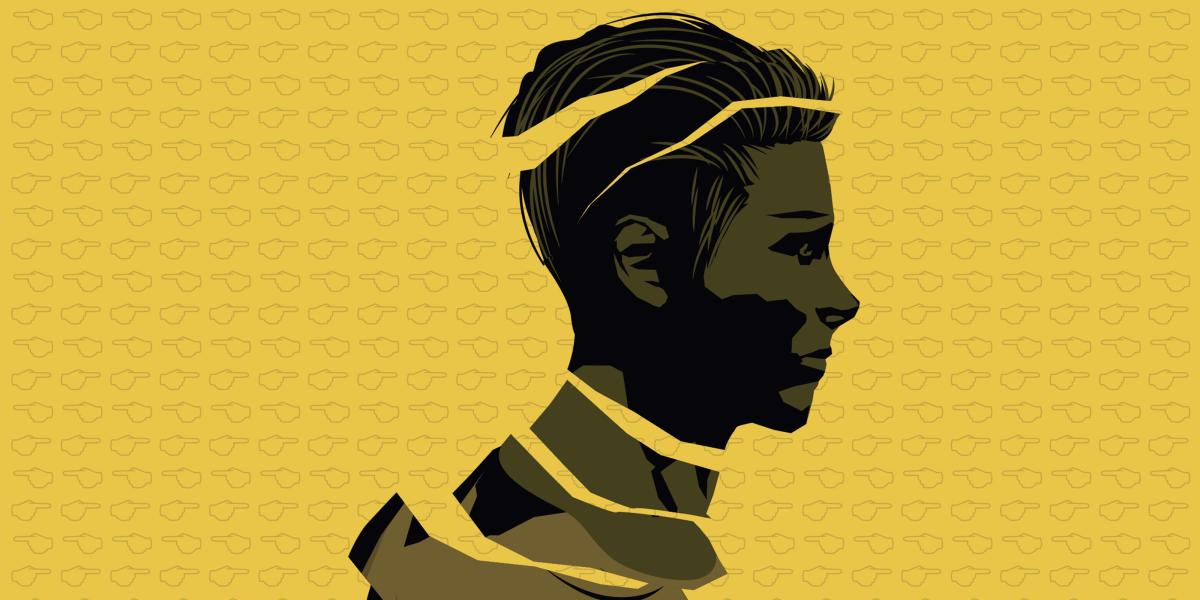Stigma’s Toll on Sexual and Reproductive Health
Some SRH-related concerns provoke negative moral judgments that can influence everything from patient care to research funding.
It’s not a virus or bacterium. It’s not a toxin. It’s not a genetic or chronic condition. Stigma, however, has profound impacts on human health.
Consider the role it has played in the latest public health crisis, monkeypox. Many people with symptoms were slow to see doctors for what was erroneously described as a “gay disease.” They were reluctant, in part, because of the judgment and poor treatment in the past experienced by people living with HIV, says Epidemiology Professor Stefan Baral.
The underlying message is that “you’ve done something wrong,” says Baral, MD, MPH/MBA ’07, MSc. And that perception can lead to substandard care and even social and familial rejection. Stigma and its close cousin shame can keep a teen from requesting contraception at a clinic or a young woman from filling a prescription for PrEP. It can make sexual assault victims reluctant to seek medical care or report the assault to authorities. It can also make someone delay getting care for an STI, increasing the chance of transmitting the disease to others.
This is how stigma weasels its way into people’s attitudes and actions—and weakens public health.
Stigma related to sexual and reproductive health has deep roots in society and the human psyche. Menstruating women in some cultures were deemed unclean. The Puritans believed that denying oneself pleasure, such as sex, was virtuous. Over time, shame about sex became ingrained in our religious institutions, schools, laws, and popular media.
“Humans create stigma to enforce social norms,” says social psychologist and stigma researcher Valerie Earnshaw, PhD, an associate professor at the University of Delaware. And it can be a public health menace, especially when it is embedded in societal structures.
Sarah Murray, PhD ’15, MSPH ’11, an assistant professor in Mental Health at the Bloomberg School, ranks structural stigma alongside social determinants of health because of its detrimental effect on health care and as a fundamental cause of health disparities.
The standard form patients complete before seeing a health care provider yields a powerful example. If checkboxes are limited to only “male” and “female,” what does that say to people who identify as nonbinary?
“The provider did not have a bad intention, but the system is set up to make [this person] feel invisible or ‘less than,’” says Murray. “This sows distrust about how much that patient wants to share with staff or prompts them to find another provider where they feel more welcome and included.”
Stigma can be a public health menace, especially when it is embedded in societal structures.
On a larger scale, structural stigma includes laws and policies that marginalize people, such as travel restrictions for people living with HIV or laws that criminalize sex work. “Structural stigma also affects funding and which medical conditions get treatments,” says Murray, noting the delay of HIV/AIDS research in the 1980s.
“Ideally we need to change structural level determinants like laws and enforcement,” says Baral. “Being gay is illegal in 76 countries around the world.” Such legislation has profound health repercussions. A 2015 Lancet HIV article by Baral and colleagues show that Nigeria’s criminalization of same-sex relationships had a significant impact on whether men who have sex with men sought HIV testing: The fear of seeking health care increased by 2.57 times after the law passed than before.
On the other hand, legalization of same-sex marriage in the U.S. had a major effect on reducing stigma, he says. Baral, who is studying how to measure stigma and evaluate interventions that address it, notes that suicide attempts in LGBTQ teens dropped as much as 7% in states after bans on same-sex marriage were lifted.
While the public health sector has long understood that stigma is a major barrier to improving health care, “the difference now is that we are moving away from just talking about it to learning how to measure it like any other health outcome,” he says.
Under the leadership of the Global Network of People Living with HIV (GNP+), Baral and his colleagues have conducted thousands of interviews with people living with HIV or AIDS to create a set of qualitative and psychometric indicators—including the level of reluctance to get tested, feelings of exclusion from family and friends, and perception of how they are received by health providers—to measure stigma. Researchers can use these measures to evaluate intervention strategies and see where resources need to be directed.
The growing recognition of stigma’s negative impact on health has spurred multiple projects to address it. Hospitals are hosting workshops for employees about implicit bias. Medical schools are developing programs and classes that raise awareness of stigma. The University of Louisville School of Medicine, for example, provides a core competencies program in training medical students to treat LGBTQ patients. The NIMH and CDC have produced guides for health care providers on using neutral language—unprotected sex, not risky sex; sex worker, not prostitute—to prevent stigmatization. Such language matters. Researchers found, for example, that college students reacted with more negative words (e.g., gross, scary, embarrassing) to sexually transmitted disease than to sexually transmitted infection. Language that doesn’t trigger shame or stigma makes it more likely that people will seek treatment for STIs.
As Baral says, there is no effective response to HIV or other STIs without addressing stigma.
